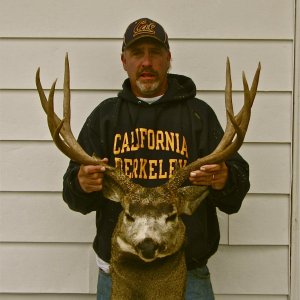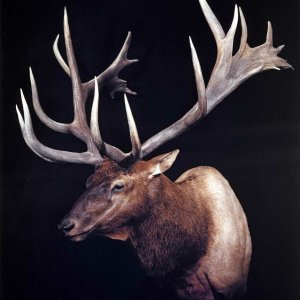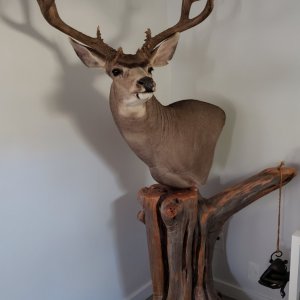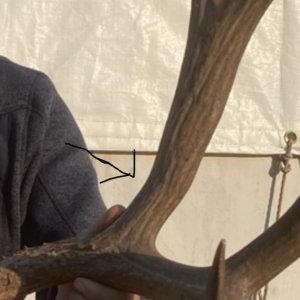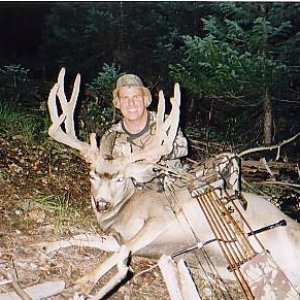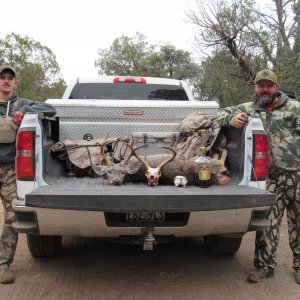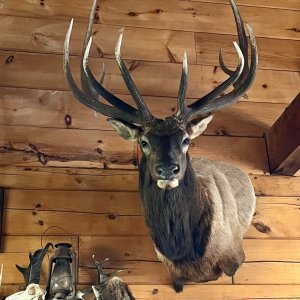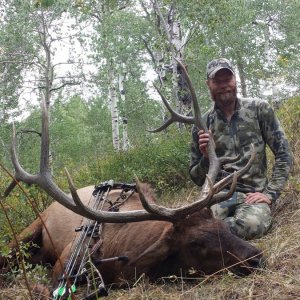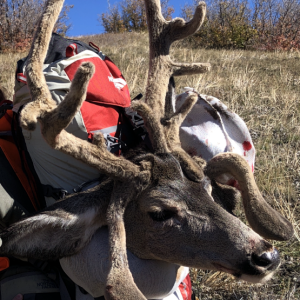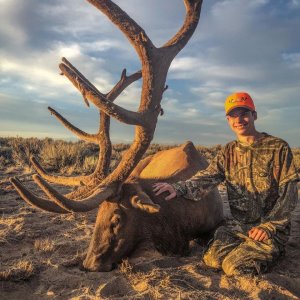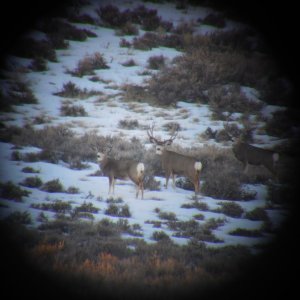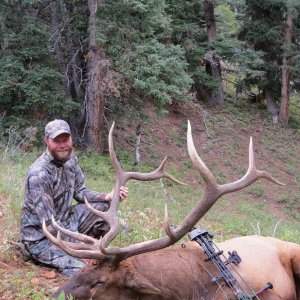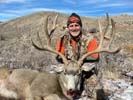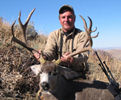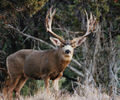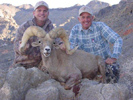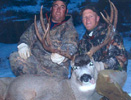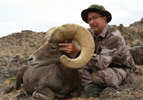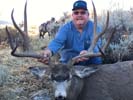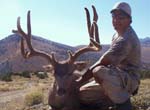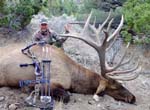Hello All,
I just got back from 3 days up in N. Washoe. Went from Lost Creek Rd to Cherry Mtn, spent the night up on Donnelly Peak, then up north to Steven's Camp. Saw Antelope and Sheep but only a few Muleys. Speaking to the bow hunters and Antelope hunters in those areas they weren't seeing many deer either. We covered a lot of miles, up early and out late.
I'm getting concerned about the up coming hunt next month. I'm wondering if the fires up there really are having an impact on the wildlife in those areas and pushed them further north and east.
I'm bringing my 8yr old daughter on her first hunt and she really wants to see some wildlife and especially one downed by dear old dad...
Thanks for reading.
"Everyone has a plan 'till they get
punched in the mouth." - Mike Tyson
I just got back from 3 days up in N. Washoe. Went from Lost Creek Rd to Cherry Mtn, spent the night up on Donnelly Peak, then up north to Steven's Camp. Saw Antelope and Sheep but only a few Muleys. Speaking to the bow hunters and Antelope hunters in those areas they weren't seeing many deer either. We covered a lot of miles, up early and out late.
I'm getting concerned about the up coming hunt next month. I'm wondering if the fires up there really are having an impact on the wildlife in those areas and pushed them further north and east.
I'm bringing my 8yr old daughter on her first hunt and she really wants to see some wildlife and especially one downed by dear old dad...
Thanks for reading.
"Everyone has a plan 'till they get
punched in the mouth." - Mike Tyson

